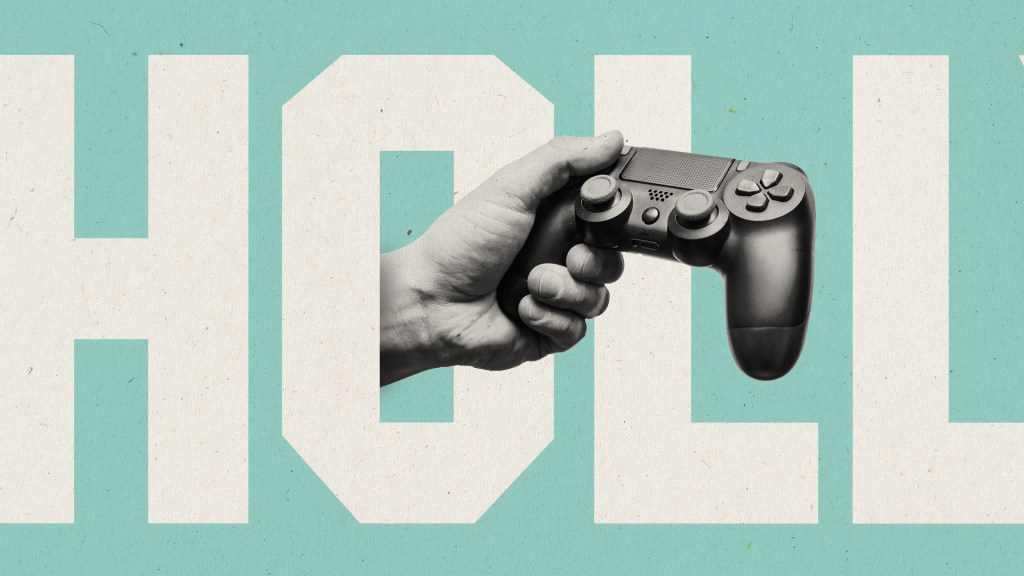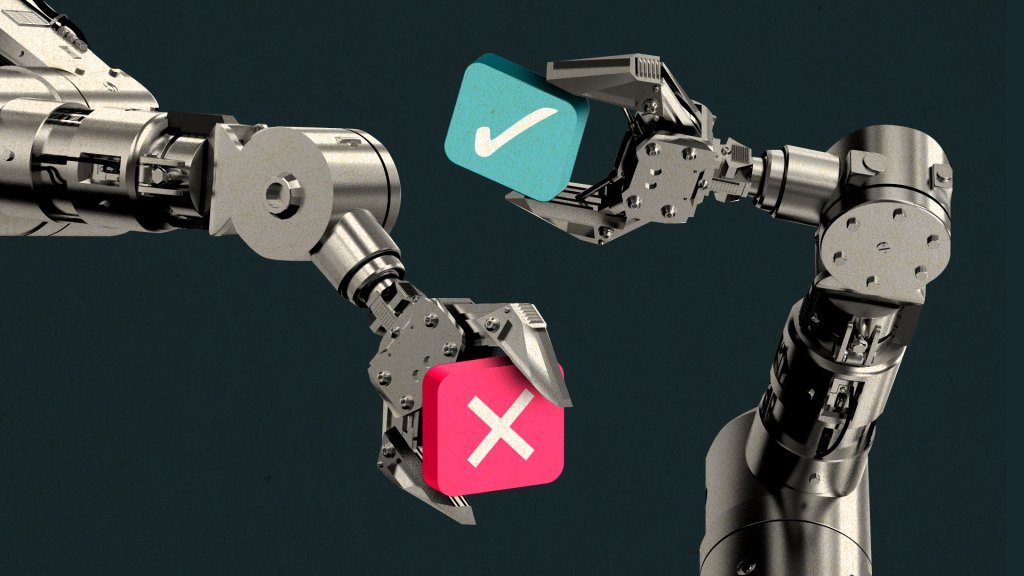What Snap Needs to Jumpstart U.S. User Growth: A TikTok Ban
In this article
Snapchat rose to fame by making messages disappear. Now, if only it could do the same to TikTok.
There may be no one company with a greater stake in the fate of the Chinese social media juggernaut in the U.S. than Snap, which has seen its stock on the upswing in early 2025. It’s Wall Street’s recognition that Snapchat has much to gain if its larger rival is banned or ordered to sell to a U.S. company. After the Supreme Court hearing ended last Friday, Snap stock perked up 3.6%.
Lord knows Snapchat could really use a shot in the arm in the U.S., which seems to be the exception to user growth the app is experiencing around the world. While its global user base has increased 9% over the past five quarters — to 443 million as of Q3 2024 — it has been virtually frozen at 100 million for the past eight quarters in North America.
Guggenheim Partners analyst Michael Morris, who closely tracks Snap usage patterns, noted domestic trailing 90-day downloads fell to record lows by the end of 2024, dropping 16.6% vs. the same 90-day period in 2023, vs. -12.2% in November.
He also isn’t seeing any early indications of any shifts on the domestic front, forecasting earlier this month flat sequential North American daily active user net adds in the fourth quarter.
Of course, it’s entirely possible that the American audience and advertisers left homeless on social media by TikTok’s stateside disappearing act could make YouTube Shorts or Meta’s Instagram Reels their go-to replacement, leaving Snapchat in the cold.
Snapchat's Spotlight format hasn't moved the platform enough away from its roots as a communication-first vehicle for young adults, as opposed to the more addictive video-consumption mode that is TikTok/Reels/Shorts.
Of course, Snap can’t rely on TikTok going away to bounce back in the U.S. The company is making a number of moves worth keeping an eye on that will have to move the needle whether or not TikTok goes anywhere if the app is going to keep up with its considerably larger rivals. The most notable initiative is an app redesign intended to present a more welcoming UX.
The latest evolution of Snapchat’s monetization program for the creator community is intended to make it more competitive with other platforms. In addition, Snap has been working on improving its ad platform to install new units for marketers. And last but not least, the company released the fifth generation of its AR smart glasses, dubbed Spectacles, last September.
But while diversifying away from social media may be advisable, Snap still finds itself competing in that arena as well with much bigger companies that may not be as nimble or as innovative. But its turbulent existence is a testament to the fact that those adjectives don’t always win the day in Big Tech.









